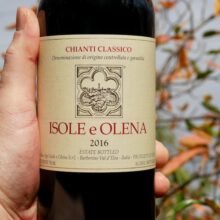
Product information
Isole e Olena Chianti Classico 2020
Red Blend from Tuscany, Italy, Chianti Classico, Barberino Val d'Elsa
$64
Description
This is one of those wines you can devour every day of the week and twice on Sunday. But, not for a couple of years.
Predominantly Sangiovese with a splash of Canaiolo and Syrah. Poised and balanced. Only 5% new oak is used with the large 4,000L casks used for most of the maturation.
“Just mid crimson. Finely fragrant, sweet raspberry nose. Beautiful precision on the palate with crushed-raspberry fruit and polished, fine tannins.”
Walter Speller, JancisRobinson.com 17.5 Points
Out of stock







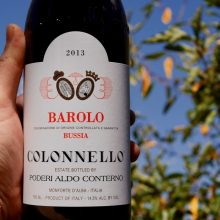
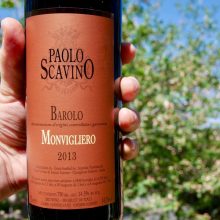
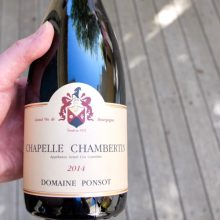
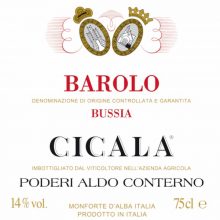
You must be logged in to post a comment.